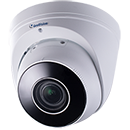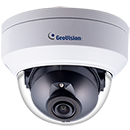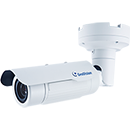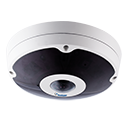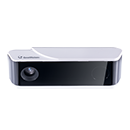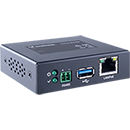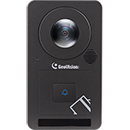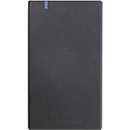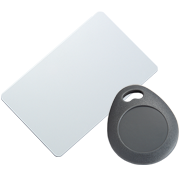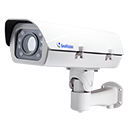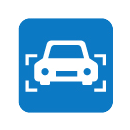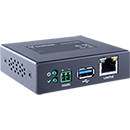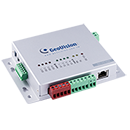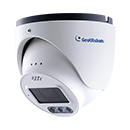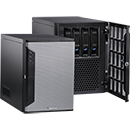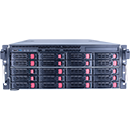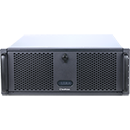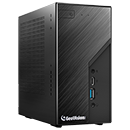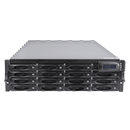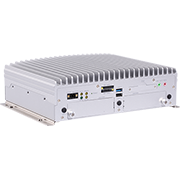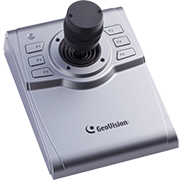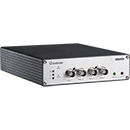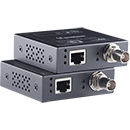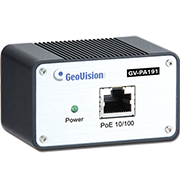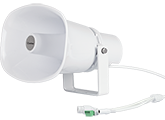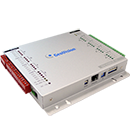
As more and more people move to urban areas worldwide and roads become increasingly congested to travel on, rail networks become critical to businesses and people. Moreover, with daily transport of goods and critical resources, trains have become the backbone of the economy in many countries.
But as their importance increases, so do their vulnerability. As fears of terror attacks remain unabated in many countries and concerns of localized crime in several others, robust video surveillance systems that can provide adequate protection has become a necessity.
Standards to meet
So, what should systems integrators and end users in the railway vertical look for when deciding on the best solutions to protect their assets? Solutions must, first and foremost, adhere to the EN50155 standard.
The EN50155 certification is an international standard that provides stringent specifications for rolling stock on railways. This standard takes several aspects of train operation into account, including vibration, temperature, shock, and humidity, among others.
Railway applications have to pass EN50155 for several reasons. The train is in a state of vibration for a long time, causing voltage instability, and can adapt to environmental differences such as different heights, temperature, humidity, shock, vibration, surge and electrical performance.
Some of the necessary specifications include ingression protection of more than IP68 & IK10, against harsh weather and impact, wide-angle monitoring of 180-360 degrees, and 4G router and remote monitoring. All 4G mobile NVR streaming go to Central Control (Cloud CMS) for real-time monitoring and event triggers.
Solutions in demand
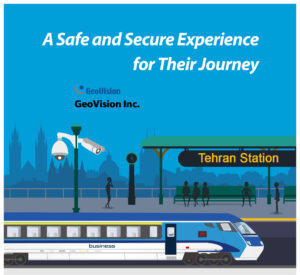
Simply put, an onboard video surveillance system should include cameras that can record videos to a mobile NVR with event trigger function connected to a cloud-based CMS.
In the past, analog mobile DVRs and camera solutions were the most in-demand due to their ease of installation, although an NVR would have been a better option to improve the efficiency of integrated systems.
Of course, during the past years, this have seen change, as more and more customers have embraced the convenience of IP-based solutions and IP onboard cameras have become more common. As solutions get increasingly integrated, the convenience of IP cannot be ignored. But with the development of cybersecurity and the improvement of the security of IP systems, concerns of cybersecurity have been solved.
Cybersecurity in onboard surveillance

To protect data from hacking attempts, the use of Advanced Encryption System (AES) and 4G transmission is suggested. AES is a symmetric block cipher that the U.S. government established in the year 2001. Following its adoption in the U.S., other countries also followed up, making it a popular encryption system to protect sensitive data in several verticals. The term symmetric-key algorithm is used to refer to AES because it uses the same key for encrypting and decrypting.
4G is currently a popular wireless transmission mode now, although there are still concerns about its security. Experts remain optimistic that encryption levels will be higher when 5G comes into effect worldwide, but this could still take a while to reach verticals like railways.
To conclude, a combination of network cameras connected to a mobile NVR with cloud-based CMS, all of which meet the EN50155 standard and use AES to protect the data could be considered an ideal solution for video surveillance in trains at the moment. This could get slightly more complicated as railway operators try to increase the number of features connected to the system.
Adapted from a&s Magazine
